Fort Rosecrans National Cemetery was recently listed as one of the most beautiful cemeteries in the world in an article appearing in both Smithsonian Magazine and Travel and Leisure.
Situated in San Diego County on the Fort Rosecrans Military reservation, the cemetery is located approximately 10 miles west of San Diego, overlooking the bay and the city. It became a National Cemetery on Oct. 5, 1934. The decision to make the post cemetery part of the national system came, in part, due to changes in legislation that greatly increased the number of persons eligible for burial in a national cemetery. Grave space in San Francisco National Cemetery then grew increasingly limited. In addition, southern California was experiencing a phenomenal population growth during this period, and there was a definitive need for more burial sites.

Another monument commemorates the deaths of 62 sailors in a boiler explosion aboard the USS Bennington. The Bennington, which had just returned from maneuvers in the Pacific, was anchored in San Diego Harbor. On July 21, 1905, the crew was ordered to depart in search for the USS Wyoming, which had lost a propeller at sea. At approximately 10:30 a.m., an explosion in the boiler room ripped through the ship, killing and wounding the majority of the crew. Two days later the remains of soldiers and sailors were brought to the post cemetery and interred in an area known as Bennington Plot.
Other monuments and memorials include:
The granite and bronze USS Wasp CV-7 memorial commemorates the loss of fellow shipmates during Battle of Guadalcanal on Sept. 15, 1942.
The USS Bennington monument is a tall granite obelisk dedicated to the men who lost their lives on that ship in San Diego Harbor on July 21, 1905. The monument was dedicated on Jan. 7, 1908.
The Ommaney Bay CVE-79 monument is an etched granite memorial to the men lost in action when the ship was bombed in January 1945.
The granite Taffy 3 monument was dedicated on Oct. 24, 1996, in memory of the men who died during the 1944 Battle of Leyte Gulf (Philippines) and in subsequent battles of the Pacific.
A monument dedicated to the Mormon Battalion was erected in 1998.
The 3rd Infantry Division monument was dedicated on Feb. 16, 2002.
The Blue Star Memorial Marker was donated by the Point Loma Garden Club of California and dedicated on June 24, 2010. The marker is a tribute to American men and women who have served, are serving, or will serve their country. Its symbolism dates to World War II when families of servicemen and women displayed a square flag decorated with a blue star in their windows to signify that a loved one was in the armed forces.
NOTABLE PERSONS
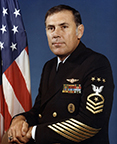
Lieutenant General John Wilson “Iron Mike” O’Daniel, U.S. Army, Commanded the 3rd Infantry Division, the Rock of the Marne, during World War II, the first Allied unit into Berchtesgaden in May 1945 (Section A-E, Grave 1172.)
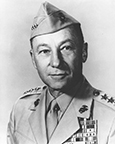
To learn more about Fort Rosecrans visit the National Cemetery Administration’s dedicated web page.
Topics in this story
More Stories
How much do you know about VA care, benefits and services? Don’t miss out on what you've earned—check out the "2025 VA Federal Benefits Guide for Veterans, Dependents, Survivors, and Caregivers" handbook to learn more.
In November 2024, VA's National Cemetery Administration (NCA) officially opened new Green Burial sections at three national cemeteries.
Beginning on Nov. 9, 2024, VA will accept applications for payment of a monetary allowance for privately purchased OBRs and for OBRs provided by a grant-funded cemetery, when the OBR is placed at the time of interment. This allowance may be paid for burials that occurred on or after the effective date of the new authority which is Jan. 5, 2023.

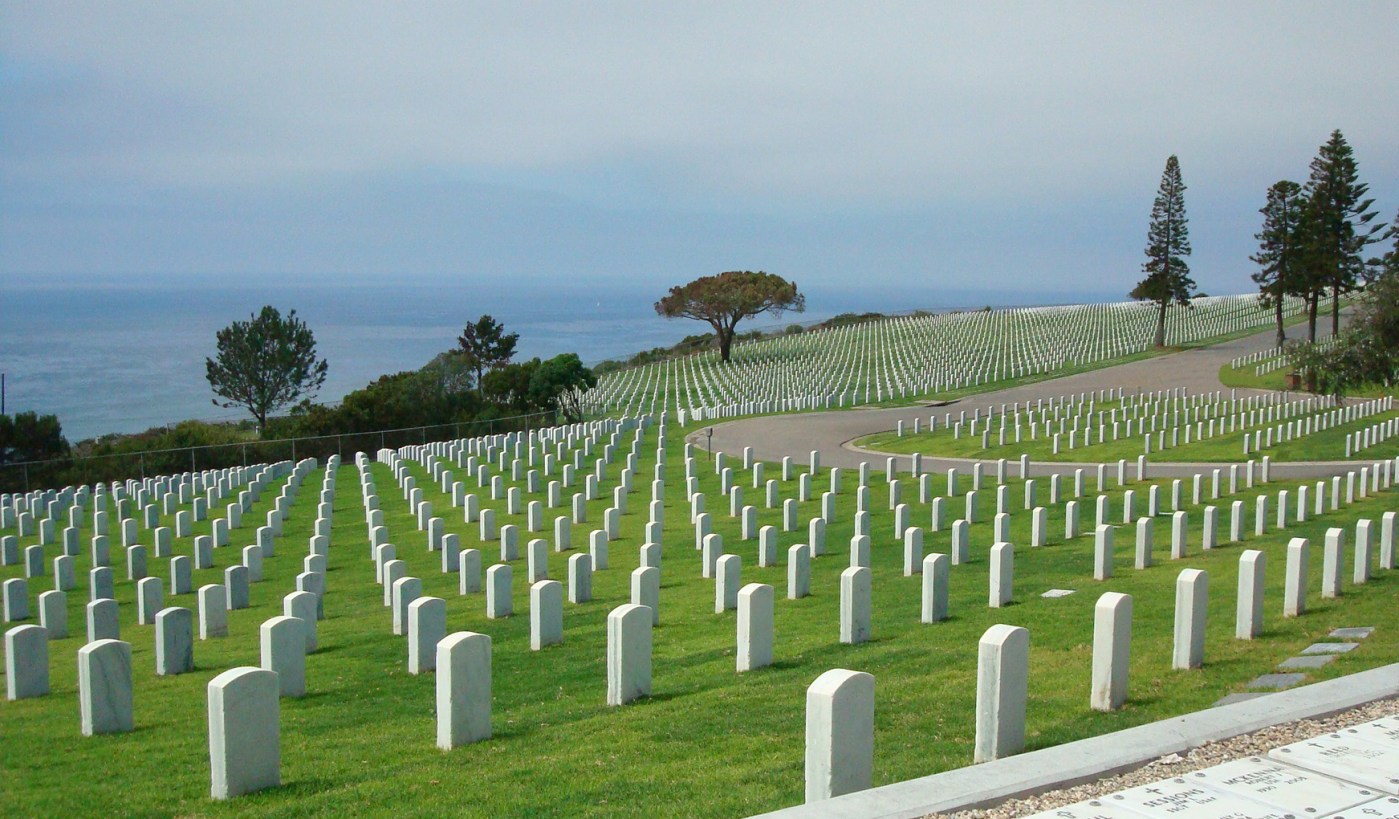

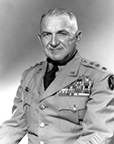


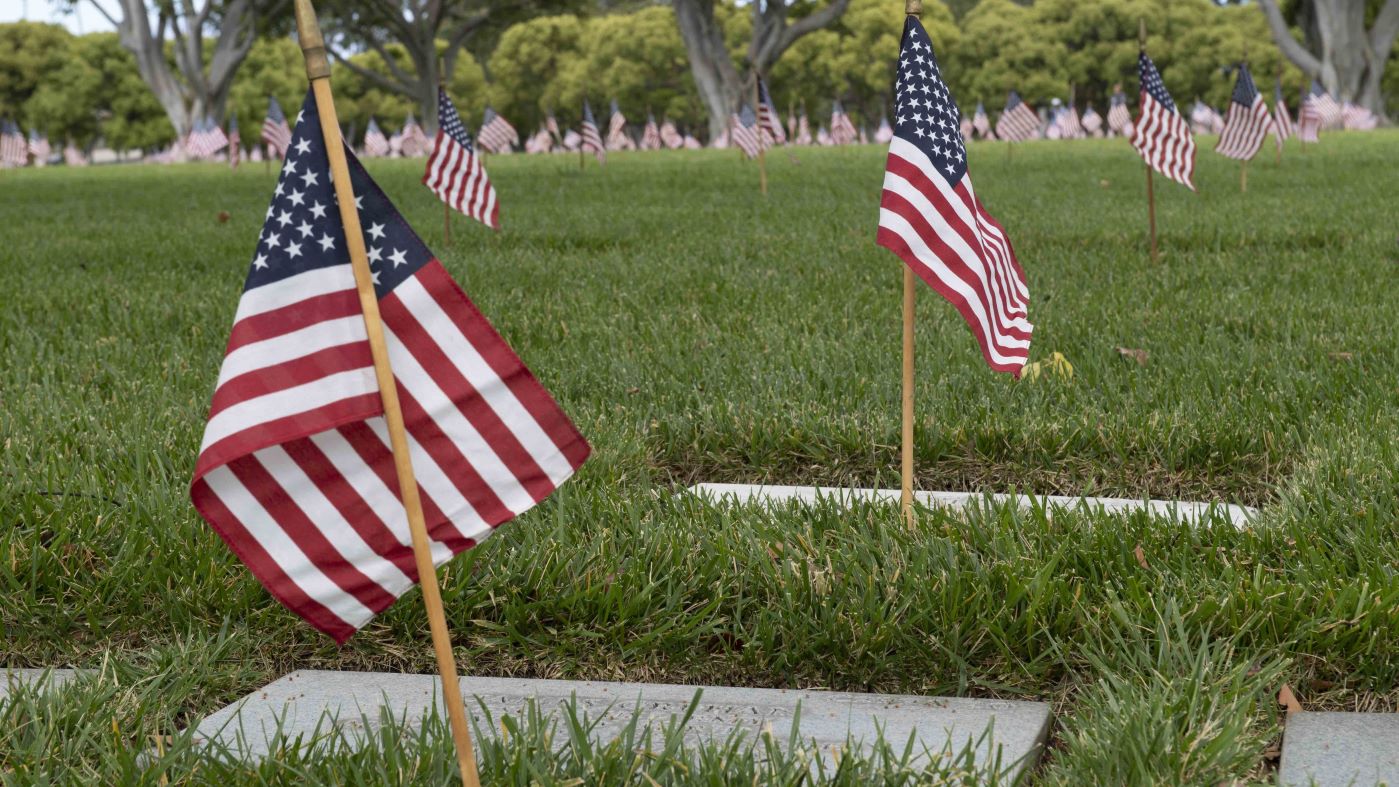

My father is buried here at Fort Rosecrans. Is a beautiful cemetery -as all military cemeteries are. Have never been able to visit – but is still in my plans sometime in the next couple of years.